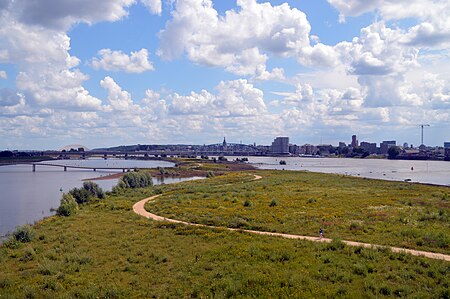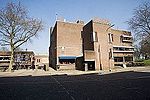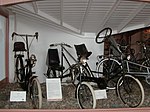Nijmegen
0s establishments in the Roman EmpireCities in the NetherlandsFree imperial citiesMembers of the Hanseatic LeagueMunicipalities of Gelderland ... and 5 more
NijmegenPopulated places established in the 1st centuryPopulated places in GelderlandRoman fortifications in Germania InferiorRoman legionary fortresses in Netherlands

Nijmegen ( NY-may-gən, Dutch: [ˈnɛiˌmeːɣə(n)] (listen); Nijmeegs: Nimwèège [ˈnɪmβ̞ɛːçə]) is the largest city in the Dutch province of Gelderland, on the Waal river close to the German border. Nijmegen is the oldest city in the Netherlands, the second to be recognized as such in Roman times, and in 2005 celebrated 2,000 years of existence. Its population in 2022 was 179,000; the municipality is part of the Arnhem–Nijmegen metropolitan area, with 736,107 inhabitants in 2011.
Excerpt from the Wikipedia article Nijmegen (License: CC BY-SA 3.0, Authors, Images).Nijmegen
Stikke Hezelstraat, Nijmegen Nijmegen-Centrum (Nijmegen)
Geographical coordinates (GPS) Address Nearby Places Show on map
Geographical coordinates (GPS)
| Latitude | Longitude |
|---|---|
| N 51.8475 ° | E 5.8625 ° |
Address
Stikke Hezelstraat 20
6511 JX Nijmegen, Nijmegen-Centrum (Nijmegen)
Gelderland, Netherlands
Open on Google Maps










